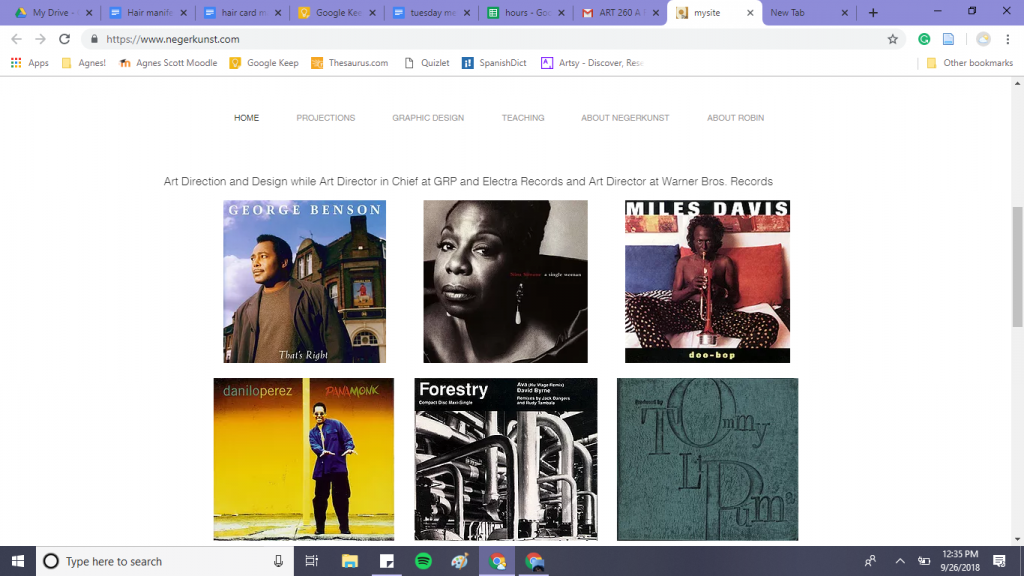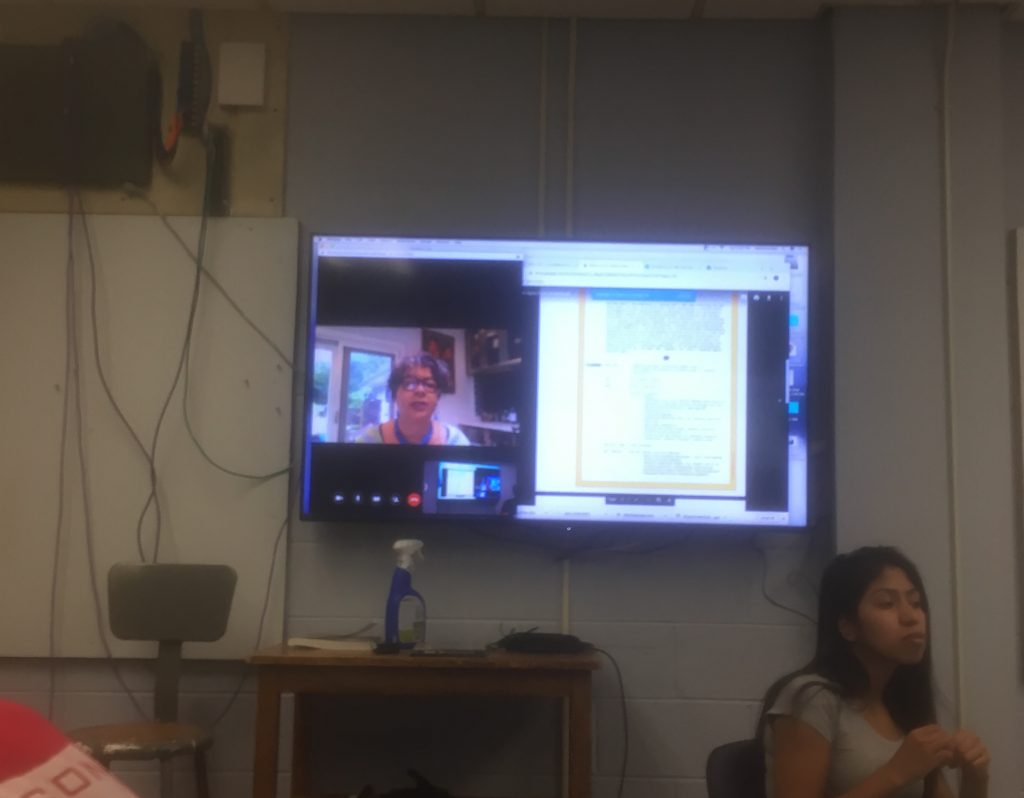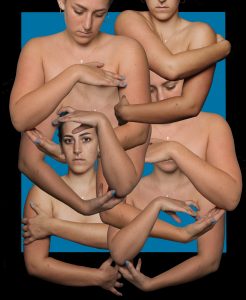Listening to Robin Lynch
Despite the technological issues during our call with her, it was very easy to be absorbed into Robin Lynch’s ideas and work. After figuring out a rig that consisted of facebook messenger with a phone call subbing in when the audio quality was low, Robin was able to tell us about her prior projects and her current sabbatical research. She regaled us with her background in graphic design, including her record industry and later AR work. It inspired me when she said that we should never be afraid to branch out and try new mediums, especially since she is working with technologies that weren’t invented when she began her artistic practice. I took a few other pieces of information into consideration about her artistic practice and processes: including that it’s important to know how to write proposals so that you can get funding as an artist, that it’s helpful to have a schedule so one doesn’t get too caught up in the background research, and that enlisting friends for critiques is perfectly professional.

Although hearing about her background was already interesting, things got exciting for me when she began talking about her current research into Uncle Tom’s Cabin and the cultural response it had and still has to this day. I had read a summary of her research; however, her speech about it gave the history so much life and it was very obvious how passionate she is about the subject. When she began discussing the visual repetition of certain poses seen in the book’s paraphernalia, her passion began to infect me. I could see exactly how she traveled from interest to artistic obsession with the idea that the symbols of Uncle Tom’s Cabin are still incredibly relevant today.

Whether she creates her own “tom show,” or morphs the imagery into something bizarre, one of her goals that she shared with us is that she wants to find what exactly was so effective about Uncle Tom’s Cabin at the time it was written. Robin seeks to discover how this book created empathy in those who, prior to reading it, had none. By harnessing this imagery in today’s contemporary culture (possibly using images from protests like Ferguson or using live actors) she hopes to move people’s hearts and bring back the empathy that is missing in today’s discourse. I think her audience will be similar to that of the audience that was most impacted by Uncle Tom’s Cabin originally, which is those who are indifferent.
It was very helpful for me to see Robin’s entire process of going about her research so plainly laid out. I could also see the sparks of interest that led to her continued creation, starting with the simple statistic about the popularity of the book’s play adaptation on Broadway. Then when she revealed the visual patterns that she saw in the work derived from Uncle Tom’s Cabin, I saw what a good lead for artistic research would look like. Robin said she was always looking, and I think the ability to constantly look for patterns is going to be a skill I need to develop to further my artistic research.

Concise and precise. Great writing on this topic.